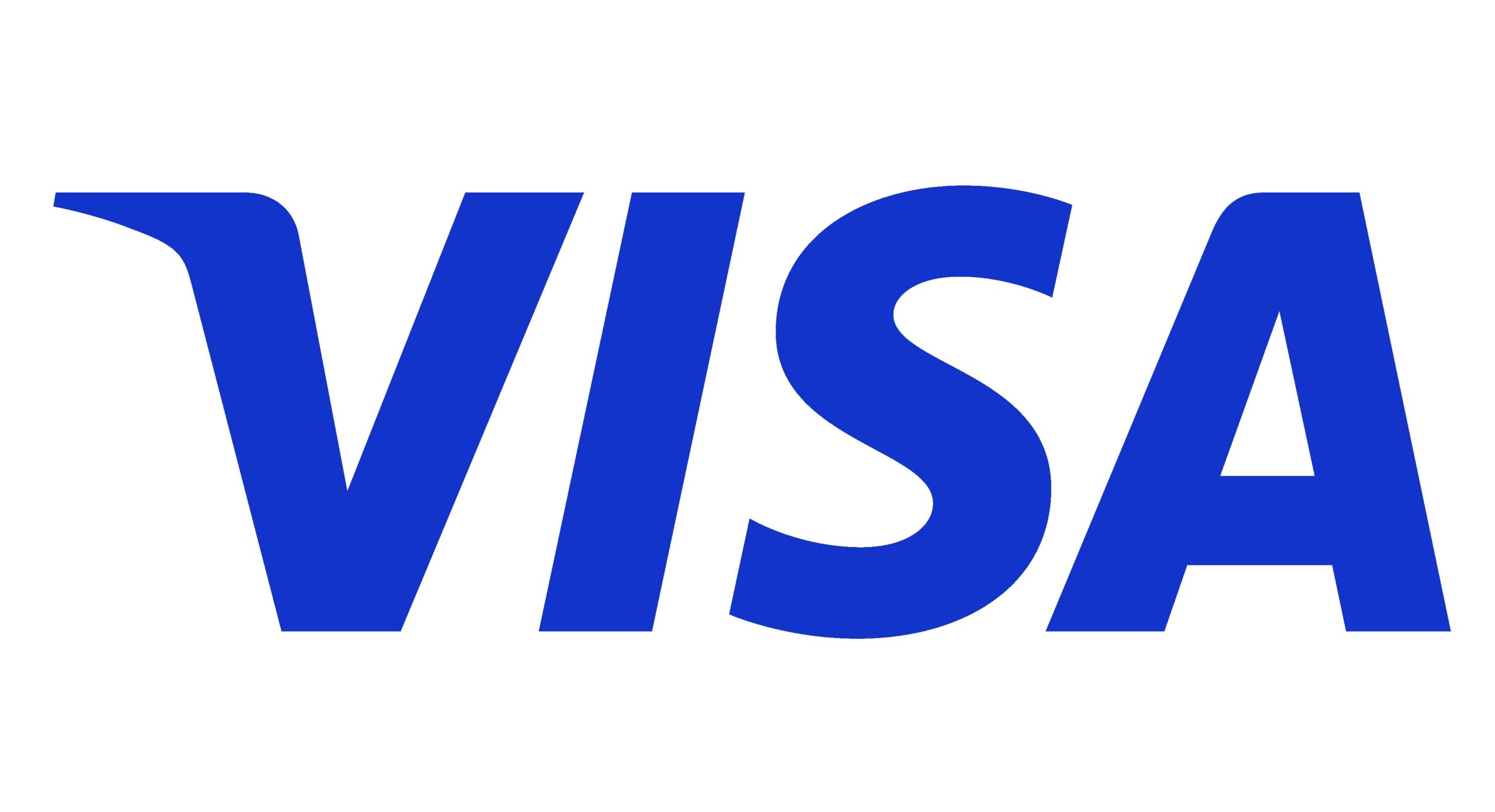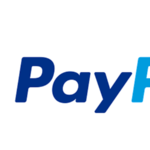Visa Inc. stands as a titan in the global financial services industry, recognized worldwide for its role in revolutionizing digital payments. With its iconic blue and gold logo, Visa has becomeTumblr
System: become synonymous with secure, convenient, and innovative payment solutions. But who is behind Visa, and how did this company evolve from a regional credit card program into a global powerhouse? This article explores the origins, leadership, innovations, and impact of Visa, delving into the minds and strategies that shaped its success. From its founding visionaries to its current leadership, we uncover the story of Visa’s remarkable journey.
Who Owns Mitsubishi UFJ Financial Group?
The Origins of Visa: A Vision Born in 1958
The Birth of BankAmericard
The story of Visa begins in 1958 with the launch of the BankAmericard by Bank of America in Fresno, California. This was the first consumer credit card program aimed at middle-class consumers and small to medium-sized merchants in the United States. Unlike earlier credit cards, such as those issued by Diners Club for specific industries, BankAmericard was designed as a universal payment card, a groundbreaking concept at the time.
The initial rollout was ambitious but fraught with challenges. Bank of America employed a mass-mailing strategy, sending out millions of unsolicited credit cards to consumers, which led to significant fraud and financial losses. By 1961, however, the program began to show profitability, largely due to innovative management and technological advancements.
Dee Hock: The Visionary Behind Visa
The driving force behind transforming BankAmericard into a global phenomenon was Dee Ward Hock, a man whose unconventional approach and philosophical insights reshaped the credit card industry. Born in 1930 in North Ogden, Utah, Hock was a self-educated thinker with a background in history and philosophy rather than finance. In 1968, he was brought on to manage the BankAmericard program in the Pacific Northwest, where he identified critical flaws in its structure, particularly its association with a single bank.
Hock proposed a radical idea: spinning off the credit card business into an independent organization owned by a consortium of member banks. This “chaordic” approach—a blend of chaos and order—allowed for decentralized control while maintaining a unified system. In 1970, National BankAmericard Inc. (NBI) was formed, with Hock as its president and CEO. His vision was to create a system that was not owned by a single entity but by its member banks, fostering collaboration and innovation.
In 1976, to address international resistance to the Bank of America name, Hock rebranded the card and company as Visa—a name chosen for its neutrality, ease of pronunciation across languages, and lack of banking connotations. This rebranding, coupled with the introduction of VisaNet, the world’s first electronic authorization, clearing, and settlement system, marked a turning point in Visa’s global expansion.
The Evolution of Visa’s Technology and Services
VisaNet: The Backbone of Global Transactions
One of Visa’s most significant contributions to the payments industry is VisaNet, launched in 1973. This proprietary network enables secure, rapid, and reliable electronic transactions worldwide. VisaNet processes transactions in seconds, connecting consumers, merchants, financial institutions, and governments across the globe. Today, VisaNet operates through four highly secure data centers in Ashburn, Virginia; Highlands Ranch, Colorado; London, England; and Singapore, capable of handling up to 30,000 simultaneous transactions and 100 billion computations per second.
Key Milestones in Visa’s Growth
- 1974: Visa expanded internationally, licensing the BankAmericard program to banks in 15 countries.
- 1975: The first Visa debit card was introduced, revolutionizing how consumers accessed their bank accounts for everyday purchases.
- 1977: The Visa Classic card was launched, followed by the introduction of Visa Traveler’s Checks in 1979.
- 1981: The Visa Premiere card, a premium offering, was released.
- 1983: Visa introduced a hologram on its cards to combat fraud, reducing retail store fraud by 85%. The same year, Visa launched its global ATM network, allowing cardholders to access cash worldwide.
- 1986: Visa partnered with the PLUS ATM network, enhancing cash access for cardholders.
- 1987: Visa won a contract to operate Interlink, the largest point-of-sale debit card network in the United States.
These innovations solidified Visa’s position as a leader in the payments industry, surpassing competitors like MasterCard and American Express in market share and brand recognition.
Leadership Transitions and Corporate Evolution
Dee Hock’s Legacy and Retirement
Dee Hock’s leadership was instrumental in Visa’s early success. His chaordic model fostered a collaborative network of banks, enabling rapid growth and innovation. By 1983, Visa’s market share had surpassed MasterCard’s, with billings reaching $59 billion compared to MasterCard’s $42 billion. Hock retired in 1984, leaving a legacy of decentralized innovation and global reach.
Charles T. Russell: Building on the Foundation
Hock was succeeded by Charles T. Russell, a longtime Visa employee who continued to expand the company’s services. Russell resolved tensions with member banks over the ATM network and oversaw Visa’s first transnational ATM transaction in 1984. Under his leadership, Visa strengthened its dominance in the point-of-sale debit card market through the Interlink network and became the official credit card sponsor of the Olympic Games in 1986, significantly boosting brand visibility.
The Modern Era: Alfred F. Kelly Jr. and Beyond
Today, Visa is led by CEO Alfred F. Kelly Jr., who has guided the company through a rapidly evolving digital payments landscape. Under Kelly’s leadership, Visa has embraced mobile payments, contactless technology, and open banking platforms. The acquisition of Tink in 2022 and Pismo in 2023 has expanded Visa’s capabilities in data-driven financial services and cloud-native banking solutions.
Visa’s current executive team includes key figures such as Ryan McInerney (President), Paul D. Fabara (Chief Risk Officer), and Charlotte Hogg (CEO of Visa Europe). Their collective focus on cybersecurity, innovation, and global expansion continues to drive Visa’s success.
Visa’s Business Model: A Network of Collaboration
Visa operates a unique business model that sets it apart from traditional financial institutions. Unlike banks, Visa does not issue cards, extend credit, or set consumer rates and fees. Instead, it provides the infrastructure—VisaNet—and branded payment products to over 14,500 financial institutions worldwide. These institutions issue Visa-branded credit, debit, and prepaid cards, tailoring terms such as fees and interest rates to their customers.
Visa’s revenue is primarily generated through transaction fees, including:
- Service Fees: Supporting clients’ usage of Visa’s payment services.
- Data Processing Fees: Covering authorization, clearing, settlement, and value-added services.
- International Transaction Fees: Handling cross-border transactions and currency conversion.
- Other Fees: Including licensing, account holder services, and certification.
In fiscal year 2023, Visa reported revenues of $32.7 billion, with data processing contributing the largest share at $16 billion. The company’s strategy focuses on three pillars: consumer payments, new payment flows (e.g., business-to-business transactions), and value-added services like cybersecurity and tokenization.
Visa’s Global Impact and Market Dominance
A Global Payments Leader
Visa operates in over 200 countries and territories, with approximately 4.5 billion cards in circulation as of 2024. Its branded cards are accepted by more than 130 million merchants worldwide, making it one of the most recognized payment brands globally. Visa processes over 100 billion transactions annually, with a total transaction volume of $6.8 trillion in 2014 alone, a figure that has since grown significantly.
While Visa was surpassed by China UnionPay in 2015 in terms of total card payments and issued cards, UnionPay’s dominance is largely confined to China’s domestic market. Visa remains the leading bankcard company globally, commanding a 50% market share of total card payments outside China.
Innovations in Security and Convenience
Visa has been at the forefront of payment security and convenience. The introduction of holograms in 1983 and EMV chip technology in the 2000s significantly reduced fraud. Contactless payments, introduced in the 2000s, have become a standard feature, with tap-to-pay transactions now accounting for a significant portion of Visa’s volume. The company’s tokenization services, which replace sensitive card data with unique digital identifiers, further enhance security in digital and mobile payments.
Addressing Economic Inequality
Visa’s mission extends beyond profit. The company aims to address economic inequality by empowering underserved populations through financial inclusion. Initiatives like mobile payment platforms and prepaid card programs enable access to the global economy for those traditionally excluded from financial systems.
The IPO and Financial Success
In 2007, Visa underwent a significant corporate restructuring, merging its regional businesses to form Visa Inc. This paved the way for its initial public offering (IPO) on March 18, 2008, which raised $17.9 billion, making it the largest IPO in U.S. history at the time. The IPO included 406 million shares sold at $44 each, with an additional 40.6 million shares purchased through an overallotment option, bringing the total to $19.1 billion.
Since going public, Visa’s stock (ticker symbol: V) has consistently outperformed the market. As of September 2024, its market capitalization exceeds $482 billion, making it one of the world’s most valuable companies. Visa’s financial success is driven by its scalable business model, global reach, and continuous investment in technology.
Challenges and Controversies
Merchant Fee Disputes
Visa has faced scrutiny over its merchant fees, known as interchange or swipe fees. In May 2024, the UK Payment Systems Regulator proposed rules requiring Visa and MasterCard to increase transparency and consult with merchants before implementing fee changes, following a 30% fee increase over five years. In November 2024, the European Commission launched an investigation into these fees, citing concerns about their impact on retailers.
In March 2024, Visa reached a settlement with U.S. merchants, agreeing to lower and cap credit interchange rates until 2030. These developments highlight the ongoing tension between Visa’s profitability and merchant affordability.
Cybersecurity Challenges
As a digital payments leader, Visa faces significant cybersecurity risks. The 2005 CardSystems Solutions breach, which exposed 40 million cardholder accounts, underscored the challenges of securing electronic payments. Visa responded by co-founding the PCI Security Standards Council to establish industry-wide security protocols. The company continues to invest heavily in cybersecurity, employing advanced tools to protect its network and cardholders.
The Future of Visa: Innovation and Expansion
Visa’s future is shaped by its commitment to innovation and global expansion. The company is investing in emerging technologies such as:
- Mobile Payments: Enhancing platforms for digital wallets like Apple Pay and Google Pay.
- Open Banking: Acquiring platforms like Tink to enable data-driven financial services.
- Cloud-Native Solutions: The acquisition of Pismo strengthens Visa’s core banking capabilities.
- Cryptocurrency and Blockchain: Exploring integrations with digital currencies to stay ahead of market trends.
Visa’s focus on sustainability and inclusion also positions it as a leader in addressing global challenges. By expanding access to digital payments in developing regions and supporting environmentally friendly initiatives, Visa aims to create a more inclusive and sustainable financial ecosystem.
Conclusion
Visa Inc. is more than a payment card company—it is a global network that connects billions of people, businesses, and economies. From its humble beginnings as BankAmericard in 1958 to its status as a $482 billion financial giant, Visa’s journey is a testament to visionary leadership, technological innovation, and strategic collaboration. Dee Hock’s chaordic approach laid the foundation, while leaders like Charles T. Russell and Alfred F. Kelly Jr. have propelled Visa into the digital age.
With over 4.5 billion cards, 130 million merchant locations, and a presence in 200+ countries, Visa continues to shape the future of money movement. Its commitment to security, convenience, and financial inclusion ensures that it remains a trusted leader in the ever-evolving world of digital payments. As Visa embraces new technologies and addresses global challenges, its legacy of innovation and impact is set to endure.



